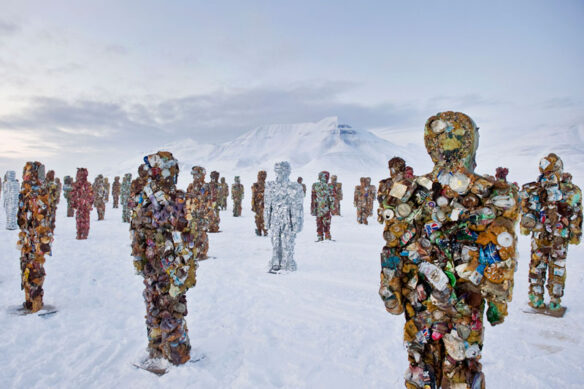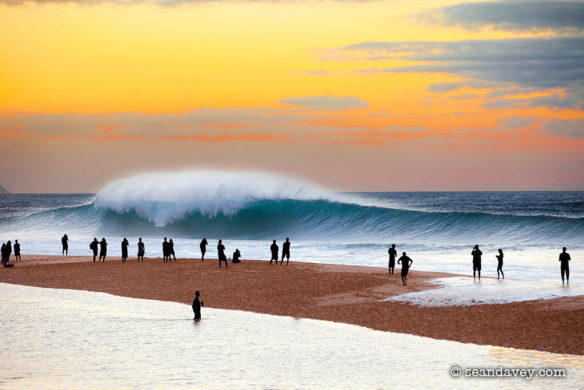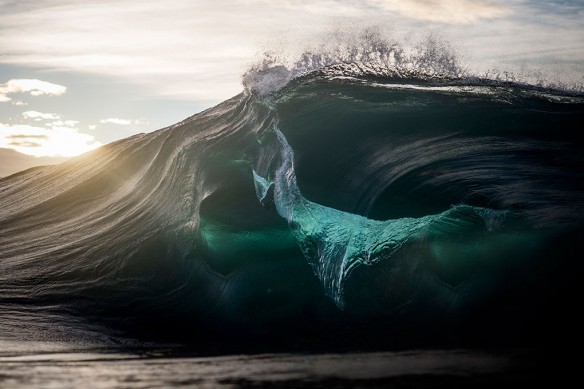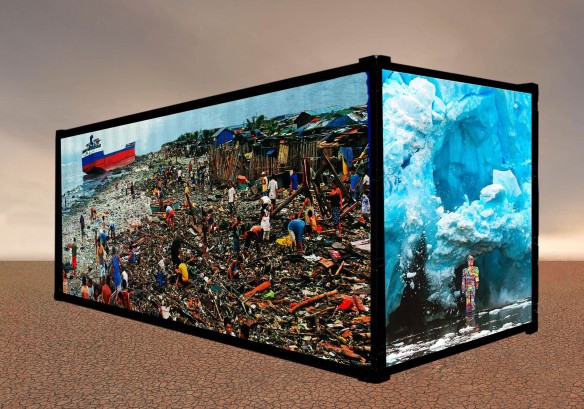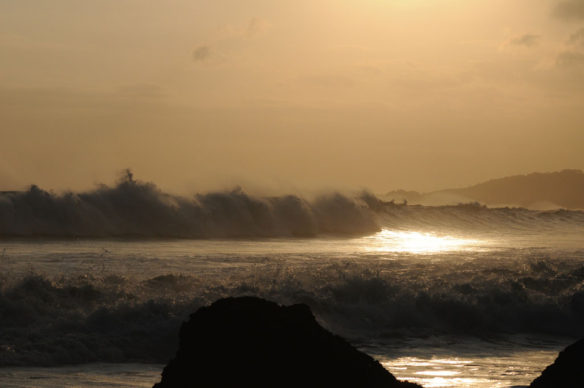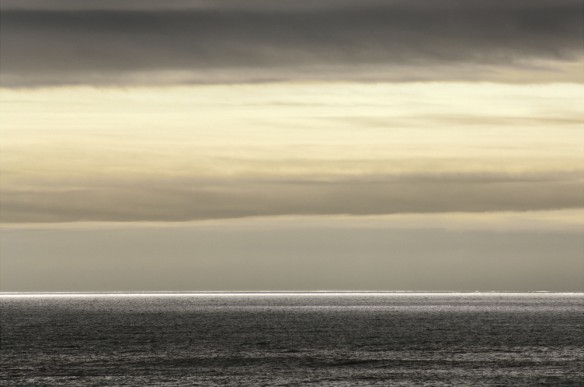
“I have been photographing the Atlantic ocean for more then a decade from exactly the same viewpoint, our home on stilts on the South Shore of Long Island.
The ocean carries the whole history of our earth. The self-healing trace minerals of the ocean represent our collective memory. The ocean covers nearly three quarters of our planet. Water is the most important element on our earth and it is our duty to save it from ongoing destruction due to pollution.
The ocean is also a point for reflection and meditation. Engaging with the ocean from an elevated position is similar to the experience in front of a cinema screen. Our eyes and minds go beyond the horizon and come back to the bouncing waves at the shore, following the rhythm of the motion from “here” to “there.” We, as spectators of the scene, are “here” yet we are able to project ourselves to “somewhere else.”
The photographic project “Oceanscapes – One View – Ten years” supports my investigation into the relationship between romanticism, memory, and landscape in the context of our current socio-political awareness. Caspar David Friedrich placed the back of a person into the landscape, The Monk by the Sea, and that figure is thereby projected into the endless world of nature. By omitting the literal figure standing in the frame, I put the viewer of my pieces into the position of the spectator, and allow them their own way of “seeing.”
In the single image one can find longing and identity. In the serial representation one can be guided into their emotions (or their contradictions) – as in the construction of a musical piece. The movements and moods of the ocean are a composition. It appears to be random but it has its own structure. That is how I compose music: silence next to anxiety, like the moment just after an angry storm. In the anticipation of a moment yet to come, we can find all that makes up our imaginations, memories, reassurances and fears.
We do know, however, that these are just moments and seconds or minutes – after the picture was taken all these colors and shapes may change completely – we are aware of the transitory state of values and our perception of reality. And yet, it is always the same point of view and the same location that presents all this to us.
Our memories are based on repetition, ‘the recurring view toward the ocean’ – it is always the same and yet so different.”
Current Exhibitions at the Corcoran Gallery Of Art.
Dicotyledon, a book by Renate Aller, Radius Book





